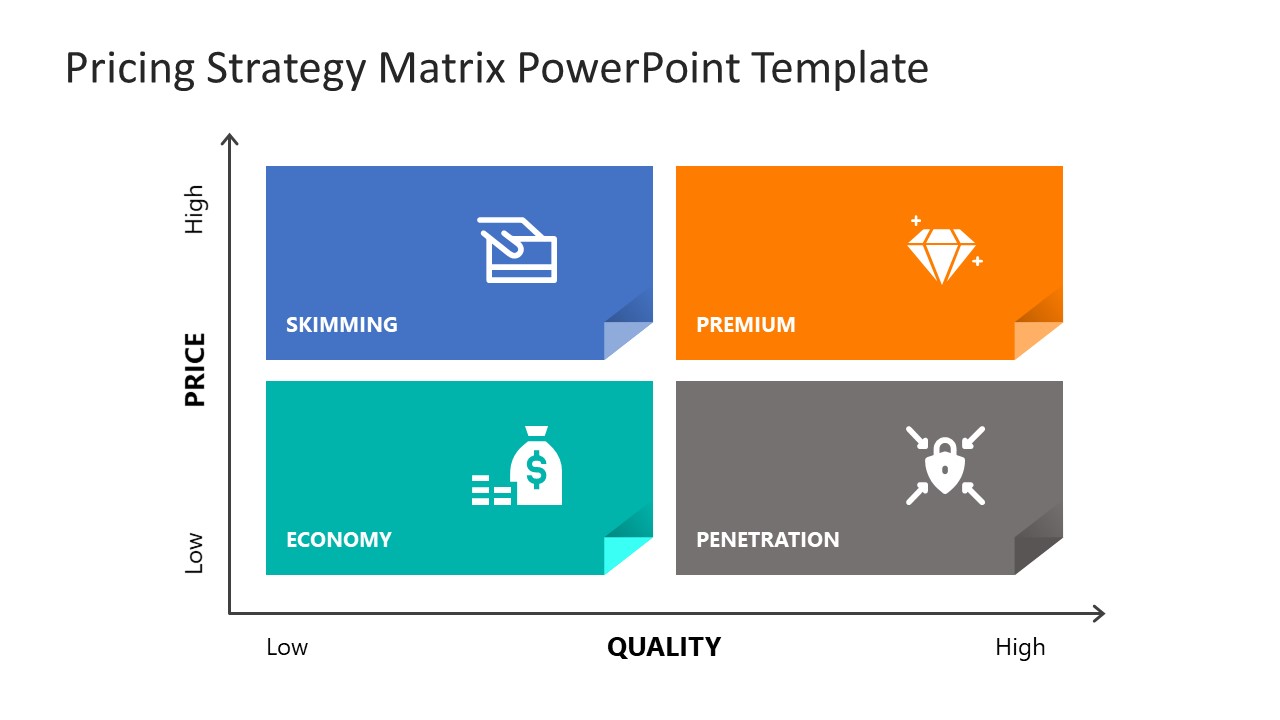The Key Perks of Using Tiered Pricing Strategy for Your Organization
The Key Perks of Using Tiered Pricing Strategy for Your Organization
Blog Article

Master Effective Prices Techniques to Make Best Use Of Profit
In the ever-evolving landscape of commerce, understanding effective pricing methods is essential for companies intending to maximize earnings. A nuanced understanding of prices psychology can substantially affect consumer actions and purchasing choices.
Comprehending Rates Psychology
Recognizing pricing psychology is important for organizations intending to optimize their prices strategies. This field checks out how consumers perceive prices and exactly how these assumptions affect their investing in decisions. Trick principles in prices psychology consist of the anchoring effect, where the preliminary rate offered offers as a recommendation point for customers, and the idea of rate sensitivity, which differs amongst different consumer sectors.
Additionally, businesses can utilize the idea of perceived value, where the viewed advantages of a product or service can warrant a higher rate factor. As an example, premium prices can develop a mood of exclusivity, attracting customers who link higher prices with exceptional quality. On the various other hand, psychological pricing, such as establishing a rate at $9.99 rather of $10, can considerably influence consumer behavior by making prices appear much more appealing.
In addition, scarcity and necessity can enhance the regarded value of products, prompting quicker getting decisions. Understanding these psychological triggers allows businesses to develop rates methods that not only drive sales but likewise foster consumer loyalty. Hence, understanding rates psychology is essential for reliable rates technique formulation, leading to improved productivity and market positioning.
Implementing Value-Based Prices

First, conduct complete market research to recognize the worth drivers for your target audience. This can consist of attributes, high quality, brand reputation, and customer care. Next, sector your consumers based upon their readiness to pay and the value they view. By doing so, you can tailor offerings and pricing methods to straighten with various sectors.
Continuously check market problems and consumer comments to refine your pricing technique over time. By implementing value-based rates, services can enhance earnings while fostering long-lasting client loyalty.
Discovering Dynamic Rates Versions
In today's quickly changing market landscape, dynamic pricing designs have emerged as an effective method for companies seeking to maximize income and react to changes popular. These models allow firms to adjust their prices in real-time based upon various variables such as consumer actions, market patterns, and inventory degrees. By leveraging information analytics and formulas, organizations can determine ideal pricing points that optimize sales while continuing to be competitive.
Dynamic pricing can take different kinds, including time-based pricing, where costs change based on time of day or season, and demand-based prices, which adjusts costs according to current customer demand. This flexibility not only boosts productivity however also boosts client complete satisfaction by offering rates that show real-time market problems.
Applying dynamic prices calls for a robust technical infrastructure and a deep understanding of customer sections. Transparent communication concerning prices adjustments can assist mitigate consumer discontentment and foster count on, eventually leading to sustained profitability in an affordable marketplace.
Analyzing Competitor Pricing
Keeping an eye on competitor rates is vital for businesses intending to keep an affordable side in their respective markets. By analyzing rivals' pricing methods, firms can determine market patterns, understand customer preferences, and readjust their prices appropriately. This analysis involves gathering information on competitors' rates, promotional approaches, and product offerings to educate rates decisions.
To Learn More efficiently examine rival rates, services must use various devices and methods, such as price monitoring software application, market study reports, and customer responses. This information can expose just how competitors place their products and services, enabling companies to differentiate their offerings or adopt similar strategies to remain appropriate.
Furthermore, it is crucial to categorize competitors into direct and indirect competitors. Direct rivals offer similar service or products, while indirect rivals might accomplish the same client need with various remedies. Understanding the nuances in between these groups will enable companies to tailor their prices methods better.
Inevitably, recurring rival prices analysis is essential for making educated rates choices. It permits businesses to remain active in response to market changes, ensuring they can take possibilities and mitigate threats related to rates approaches.
Examining Prices Efficiency
Understanding how rival rates influences market characteristics brings about a natural emphasis on assessing rates efficiency within one's own business. This assessment is important for identifying areas of stamina and opportunities for renovation, inevitably boosting success.

Additionally, conducting normal prices audits can disclose disparities in between anticipated and actual efficiency. This involves contrasting rates data throughout different sections and channels to understand variations and identify fads. Incorporating consumer comments can give understandings into perceived value versus actual pricing, ensuring placement with market assumptions.
Last but not least, leveraging data analytics tools can assist in deeper insights right into prices performance, making it possible for services to make data-driven changes (Pricing Strategy). By continually examining pricing performance, companies can adapt to market adjustments and optimize their strategies, making certain sustained success in an affordable landscape
Conclusion
By leveraging rates psychology, businesses can boost regarded worth and tailor pricing to varied client sections. The fostering of value-based and dynamic pricing versions promotes real-time changes based on demand and consumer desire to pay.
Comprehending pricing psychology is vital for organizations intending to optimize their prices techniques. Comprehending these psychological triggers makes it possible for companies to develop rates methods that not only drive sales but likewise foster client pop over to this web-site commitment. Therefore, mastering pricing psychology is essential for effective rates method solution, leading to boosted productivity and market positioning.
By analyzing competitors' prices approaches, companies can identify market fads, comprehend customer preferences, and change their prices accordingly. By leveraging rates psychology, companies can enhance regarded worth and dressmaker pricing to varied client segments.
Report this page